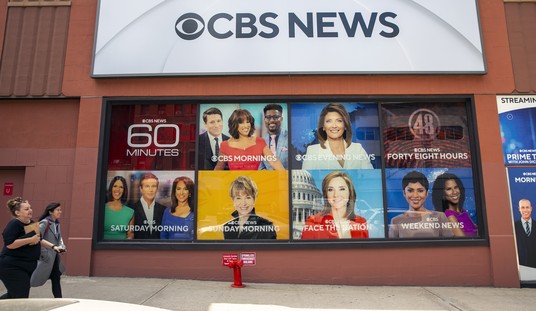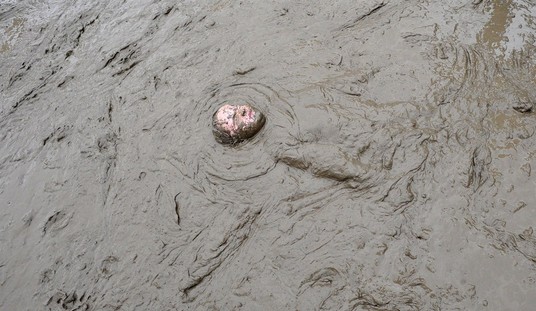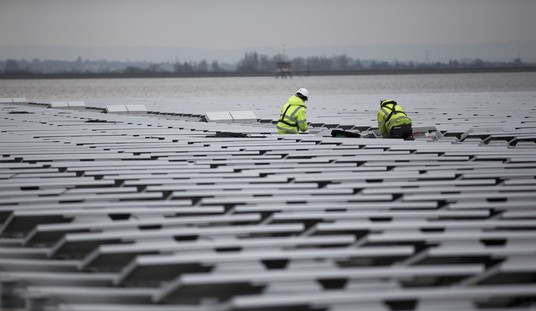We are GO for the Moon. Our Saturn V projection on the Washington Monument starts tonight! See it tonight through Thursday from 9:30 to 11:30 pm, and don't miss the full #GoForTheMoon show Friday and Saturday. Full details: https://t.co/As6lcyFyvT #Apollo50 pic.twitter.com/jsIyVZh7GS
— National Air and Space Museum (@airandspace) July 17, 2019
Hey ladies, here’s another thing you can be angry about if you need to increase the misery in your daily life: according to the venerated New York Times, NASA’s Apollo Program that landed the first men on the moon was designed by men, for men and is ripe to be hated for its gender bias. If that isn’t enough to awaken your inner feminist, despite the fact that we’ve moved beyond that in the 60 years since and seen many women astronauts and engineers in the space program, and, in fact, are set to send the first woman to the moon by 2024 in the Artemis Program (Artemis is a Greek goddess, by the way), you should still be really angry because men went to the moon first and the spacesuits don’t fit women.
Or something. I don’t really get it.
If we do not acknowledge the gender bias of the early space program, it becomes difficult to move past it.
…
What are the lessons to be learned from NASA’s failure to fly women during the Apollo era?
The most recent lesson emerged in April, when NASA had scheduled a spacewalk that was, quite by accident, staffed by two female astronauts. The agency had to restaff the spacewalk because it had only one spacesuit that was the correct size for both women.
This is not an indictment of NASA in 2019. But it does demonstrate a causal chain that begins with the Apollo program and leads through to present-day staffing choices.
The suits, known as extravehicular mobility units, were designed more than 40 years ago, based on the designs of the Apollo missions, at a time when all astronauts were men. Only four of the original 18 suits are still rated for spaceflight, and all of those are on the space station.
The Times piece then helpfully goes into a few paragraphs dissecting the budget restraints that kept smaller spacesuits from being made available and how one lady astronaut had to improvise with padding to make her suit fit during buoyancy tests due to her small stature.
I mean, call me crazy but this sounds like a call for funding rather than an opportunity for a social justice crusade. The Times also suggests that because the lady astronauts chose not to make a big deal of having to use their wit and brains to improvise so they could get on with being bada** astronauts, these spacesuit snafus were evidence of “gender bias [that] became a mistake that we did not learn from.”
I’d venture to say the ladies who faced the problem and overcame it learned a great deal, which makes them ideal astronauts. The Times feels the need, however, to inform them of their victimhood and speak when they can’t. (I have a hard time believing women who make it through the space program are too meek to speak, but whatever).
And it wouldn’t be the Times if they didn’t pick up on the newest, silliest feminist trope and turn it into a potential tragedy.
Inside the spacesuits, astronauts wear the liquid cooling and ventilation garment. This looks like long underwear covered with meters of tubes. It pumps water around the astronauts to cool them. Men and women wear the same style of garment despite the fact that we have different sweat patterns. Men sweat more than comparably fit women, and the areas where they sweat the mostoccur in different parts of the body. In other words, when it comes to temperature-controlling garments, the needs are different for men and women.
We are already aware of this in relation to office temperatures. Temperatures are set for men, which leaves women carrying sweaters to work.
Why the Times, and its woke readership, feels the need to turn basic logistical problems NASA encounters as it moves back toward space exploration into some kind of divisive proof of bias is baffling. It’s counterproductive and silly. Don’t believe me? Read the piece and try not to roll your eyes at the part where they describe the “thick wool slippers” on the feet of a female Space Shuttle crew member.
In fairness, they do cover the antiquated belief back when the space program began in the 60s that women weren’t up to the task of space flight. And it’s true women weren’t allowed into the military flight training programs that were the career pathway to space flight. But the truth is, women may not have been physically up to some of the physical demands of space flight given the technology used at the time. That tiny little Apollo 11 return shuttle, for example, very likely asked a great deal of the human body and women, as the rest of the Times piece points out, are wired physically differently than men.
As we’ve refined technologically — and the differences in technology from the outset of the space program to the modern age of commercial space flight are vast — the brawn of the job has decreased in importance and the intellectual necessities (always there) have taken on more prominence.
And so, more women heading to space. As a woman, I actually take that as something of a compliment, frankly.














Join the conversation as a VIP Member